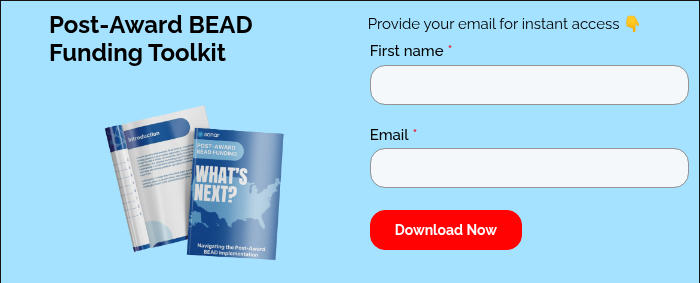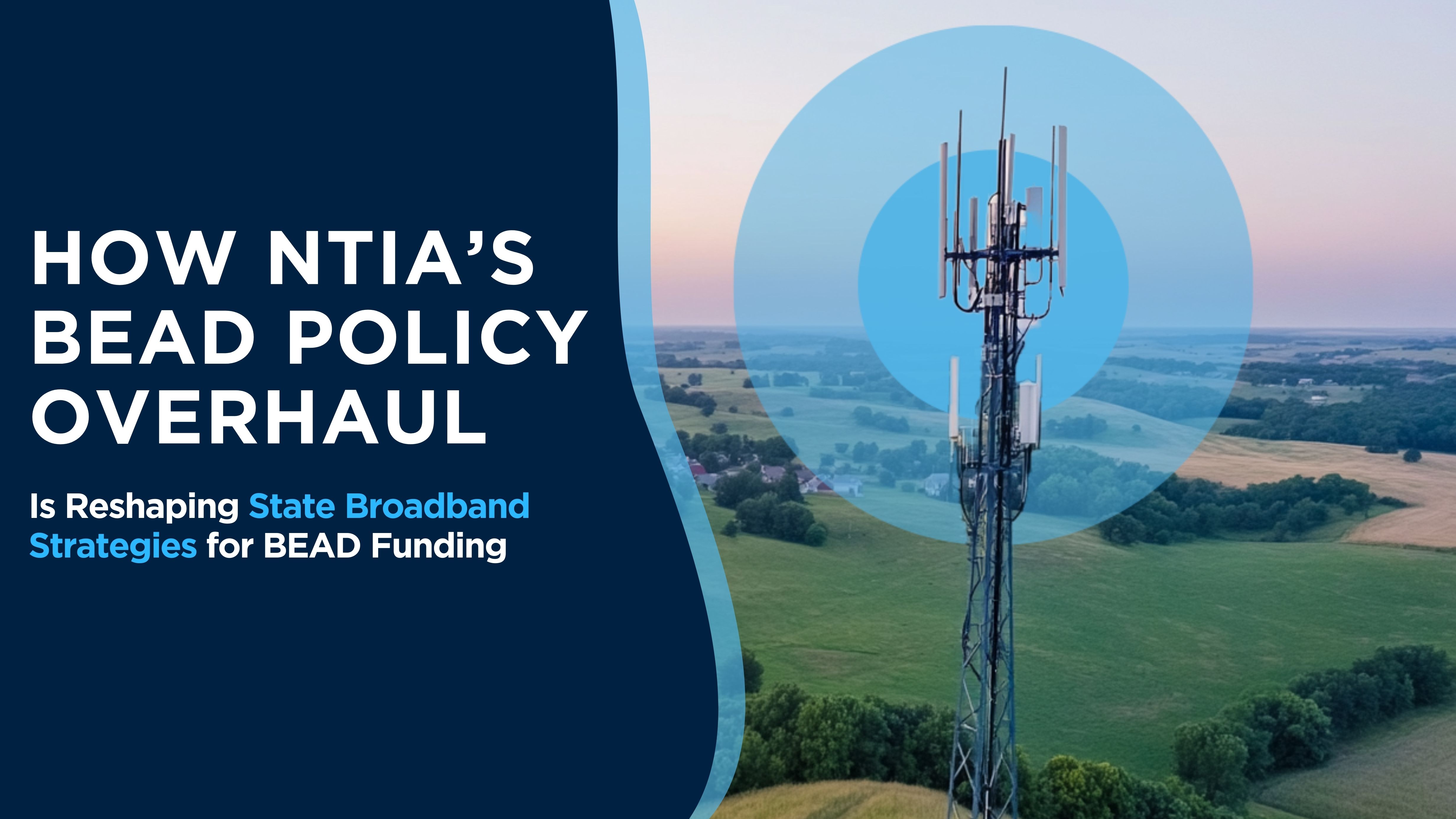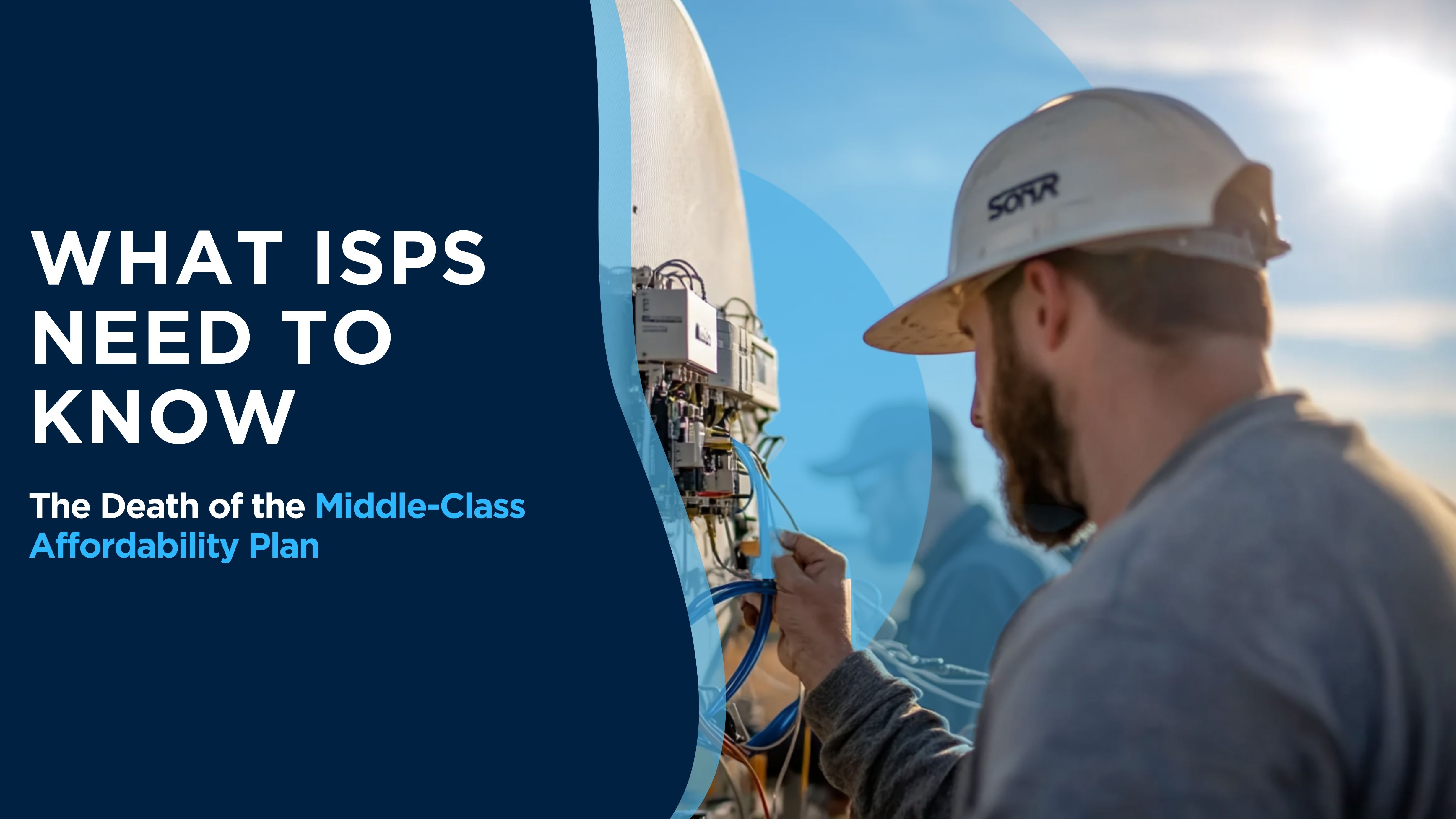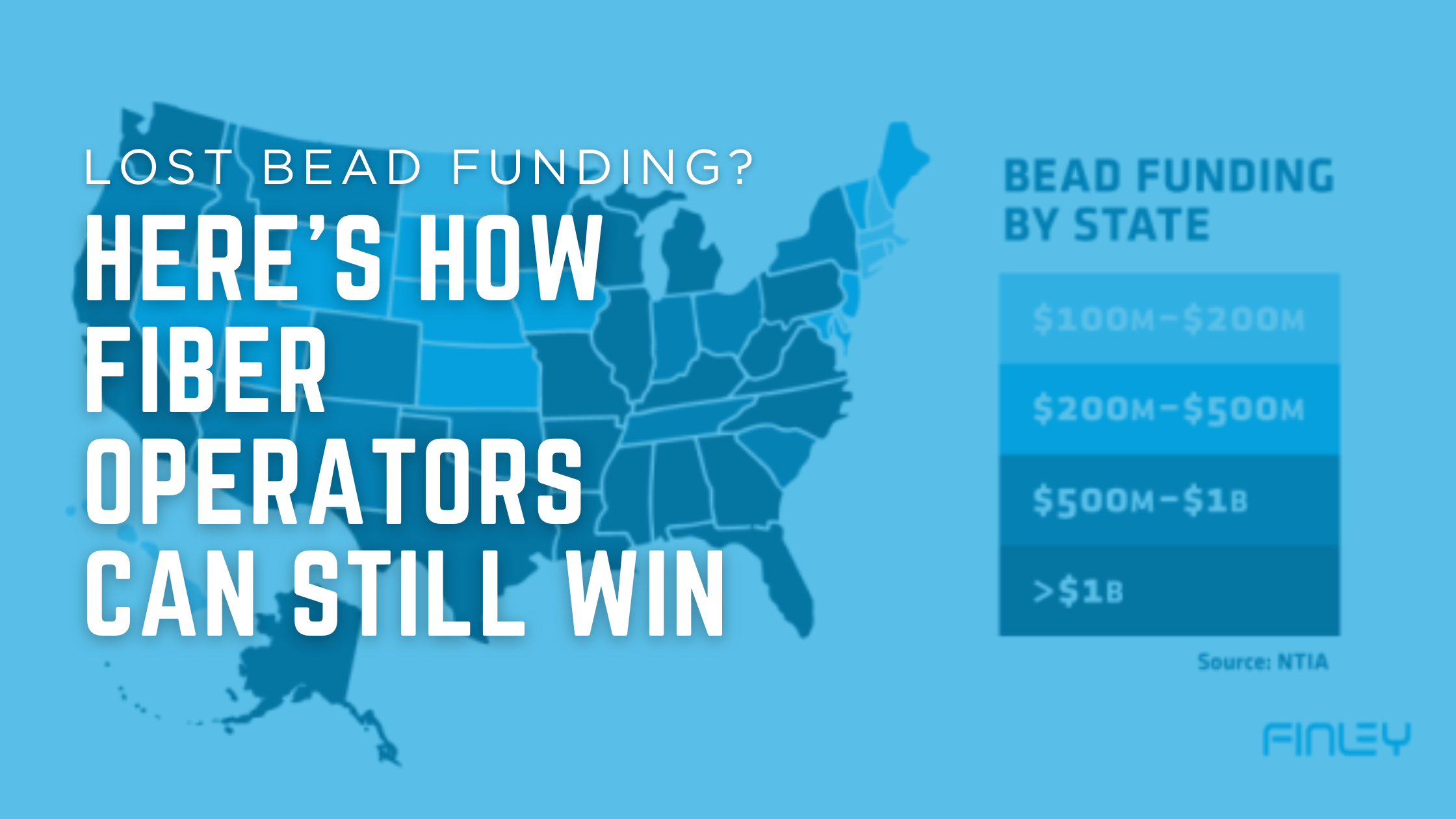How NTIA’s BEAD Policy Overhaul Is Reshaping State Broadband Strategies
In a move that dramatically shifts the broadband funding landscape, the National Telecommunications and Information Administration (NTIA) has...

Community Engagement Strategies for Broadband Providers: Building Trust and Adoption
As broadband providers expand their networks into underserved and unserved areas, community engagement becomes a crucial factor in ensuring long-term success. Engaging with local residents, businesses, and community stakeholders not only builds trust but also fosters broadband adoption and enhances the impact of infrastructure investments. Below, we explore key strategies broadband providers can implement to strengthen community relationships and showcase real-world examples of successful engagement initiatives.
BEAD funding and other broadband expansion initiatives aren’t just about laying fiber or putting up more towers, they’re about connecting people to opportunities. Broadband adoption hinges on awareness, accessibility, and trust. By actively engaging with communities, providers can:
Build awareness of new broadband services
Address community concerns about deployment
Drive adoption through education and outreach
Develop partnerships that maximize impact

Open communication is key to building trust. Hosting informational meetings allows providers to share project updates, address concerns, and gather feedback.
💡 Idea: Host monthly town halls in a community center to discuss broadband rollout timelines, permitting challenges, and affordability options. These meetings foster transparency and encourage local buy-in.

Collaborating with schools, libraries, and healthcare providers enhances broadband’s impact by integrating connectivity into essential services.
💡 Idea: Work with a local school district to offer subsidized broadband plans for students, ensuring equitable access to digital learning tools.
Many underserved communities lack digital skills, which can be a barrier to broadband adoption. Hosting digital literacy workshops can bridge this gap.
💡 Idea: Partner with a local library to offer free workshops on internet safety, job searching online, and using telehealth services.
Keeping communities informed through targeted online engagement and local media ensures that residents understand the benefits of broadband access.
💡 Idea: Launch a Facebook group for a new service area where residents can ask questions, receive updates, and learn about promotions.

Affordability can be a major hurdle for broadband adoption. Offering introductory rates or leveraging programs like the Affordable Connectivity Program (ACP) can drive higher take rates.
💡 Idea: Offer discounted plans for the first six months and actively enrolling eligible households in the ACP to reduce financial barriers.

Investing in the local workforce helps build goodwill and ensures economic benefits stay within the community.
💡 Idea: Launch an apprenticeship program in partnership with a local technical college to train fiber installation technicians.
Tracking adoption rates and service quality metrics allows providers to highlight broadband’s positive effects and refine engagement strategies.
💡 Idea: Share annual impact reports detailing increased broadband adoption, testimonials from connected residents, and local business growth facilitated by improved connectivity.
Broadband deployment is more than an infrastructure project, it’s a community transformation effort. Providers who engage with residents proactively, address concerns transparently, and invest in education and partnerships will see stronger adoption rates and lasting community relationships. By implementing these strategies, broadband providers can ensure that their projects not only meet technical success but also deliver meaningful social and economic benefits.

In a move that dramatically shifts the broadband funding landscape, the National Telecommunications and Information Administration (NTIA) has...

One of the most unexpected outcomes of the NTIA’s BEAD program restructuring is the elimination of the Middle-Class Affordability Plan (MCAP) ...

When BEAD was first announced, many fiber operators saw it as the golden ticket for rural broadband builds. But with recent...